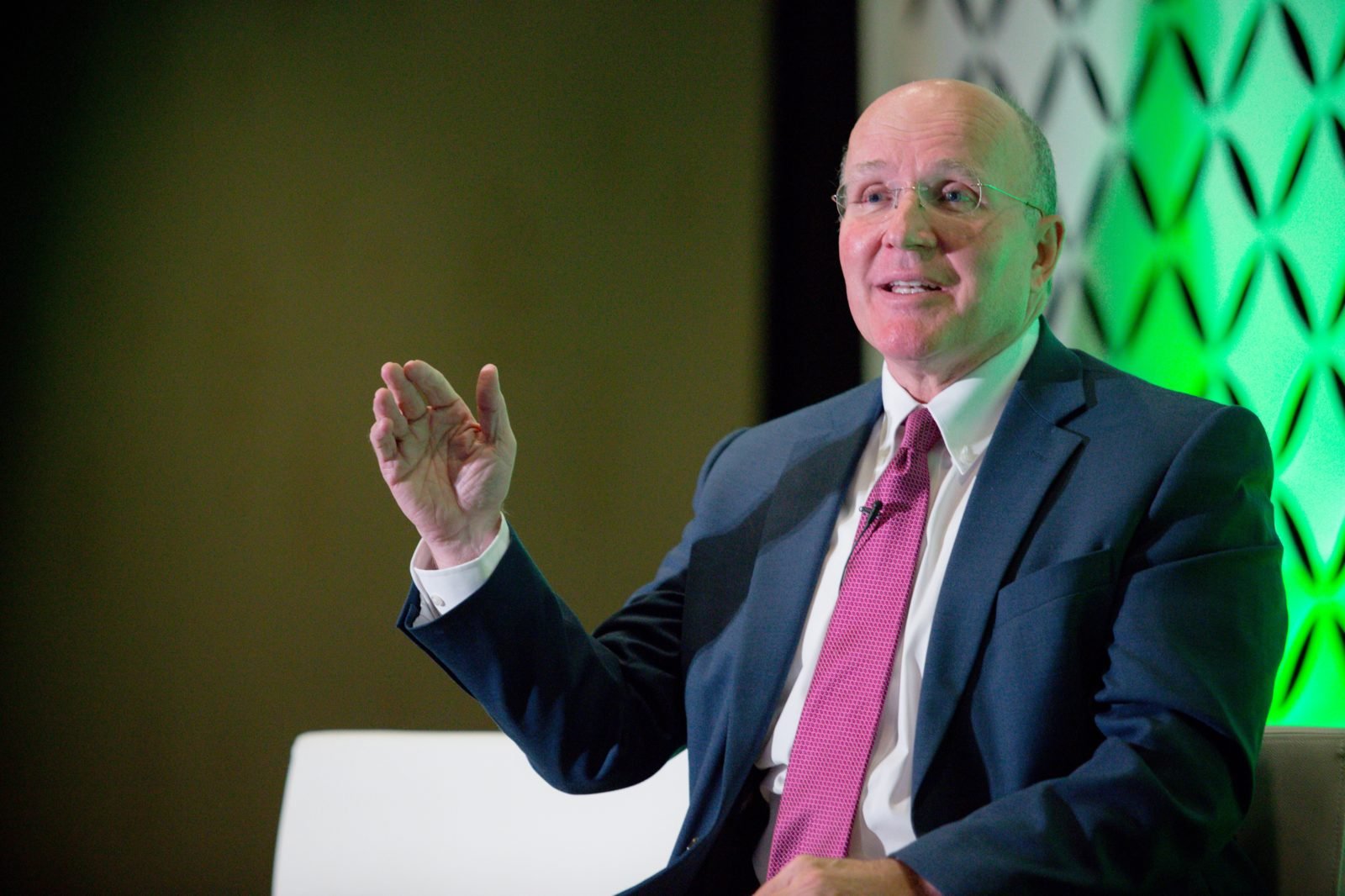Blair Enns provokes, inspires and challenges creative professionals to radically change how they build and run their businesses. He's spoken to numerous independent networks, peer groups, ad clubs, design schools, Fortune 1000 companies, as well as national & international conferences of advertising, design, & public relations practitioners. He is the author of The Win Without Pitching Manifesto, and his most recent book, Pricing Creativity: A Guide to Profit Beyond the Billable Hour, which Ron said “is another nail in the coffin of hourly billing from one of the industry’s major thinkers.”
Ron’s Questions
Blair’s background and how he got to where he is.
Your first book was published in 2010, The Win Without Pitching Manifesto, which is a cult classic. How’d you land on that concept?
What is the central premise of the book?
Do you find when ad agencies take your advice and step back, the client takes several steps forward?
Your latest book is Pricing Creativity: A Guide to Profit Beyond the Billable Hour. How did you get into pricing? [Blair first read Ron’s book, Pricing on Purpose: Creating and Capturing Value].
What’s the biggest obstacle to implementation?
One of the lines I loved from the book: “Value conversation. Where price theory goes to die.” I also loved the analogy between the value conversation and the birds and the bees talk with your kid—brilliant!
You suggest a 4-step process for the Value Conversation. Would you explain your framework?
You quote Dan Sullivan’s question:
“It’s three years from today and you and I are having coffee. You are really happy with the progress you’ve made over these past three years. What’s happened to make you so happy?”
What are some of your other favorite questions for the value conversation?
Blair’s approach to get to a theoretical maximum: Theoretically, if we were able to guarantee a $1 million result, would you be willing to pay us $500,000? That’s the high-end of your range for your 3-option proposal.
That ties into your philosophy of, “Say a Price Before You Show a Price,” is that right?
Ed’s Questions
Was there at one time where pitches were ‘semi-paid’ engagements?
On “fairness,” you say that pricing needs to be fair?
I’m going to push back: Isn’t a price agreed to upfront by definition fair?
I love this sentence in your book: “The moment the buyer cares who the seller is, is the moment a brand is born.” Would you elaborate on that?
I personally think why most professionals think of themselves as a commodity is due to low self-esteem. What’s your thought on that issue?
Another point in the book you mention is that “You can have a culture of efficiency or one of customer innovation, but not both—only one will survive.” I’m in violent agreement with you. Why do you think that is?
You talk with incredible aplomb about customer segmentation. Why do you think professionals suck at it?
I’ve studied Agile, and some advocates say it doesn’t work with value pricing. It seems like a good excuse to avoid value pricing. I think Agile works for internal development, like here at Sage, but for custom work, not so much. You mention using Agile doesn’t mean you have to use stone-age pricing. What are your thoughts?
Scope of work can be different, as long as the end-state (scope of value) is achieved. Does that make sense?










